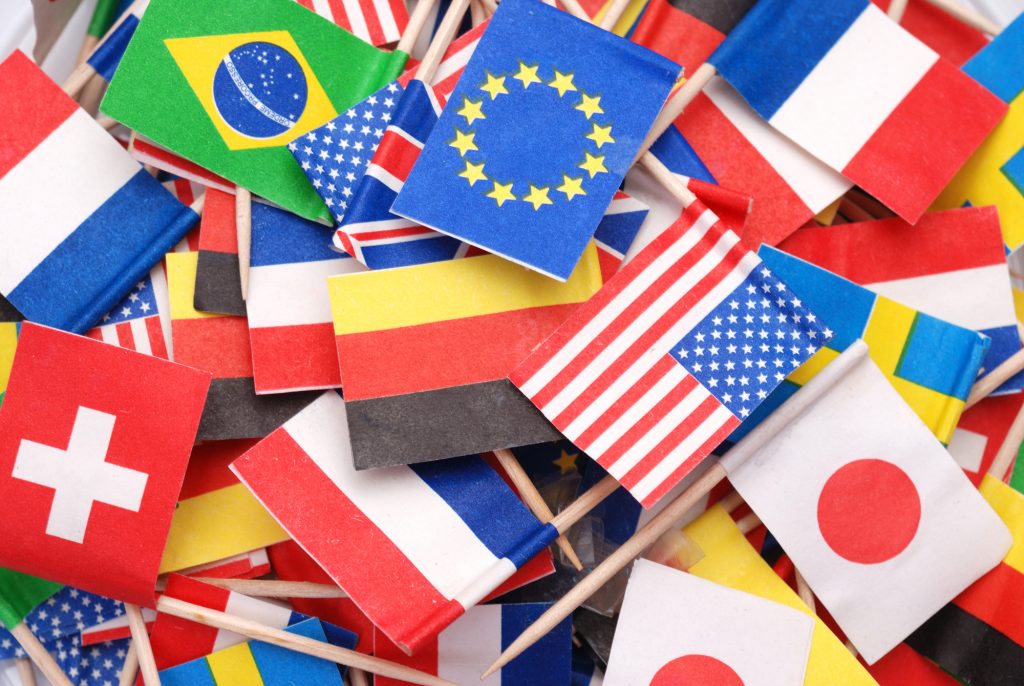
The term “Dumping” is used in international trade when goods are imported to Australia and sold to Australian importers at lower prices than they would be sold in the home country overseas. Dumping could occur deliberately so as to damage Australian manufacturers who are unable to compete with the cheaper goods entering Australia. Anti-Dumping is a form of protection to Australian manufacturers; dumping could occur because there is an over-supply of goods in the home country and the only avenue that the overseas suppliers have is to ship the goods to Australia.
There are two sides to the coin, there is a benefit to the Australian marketplace to receive cheap goods so that the end-user pays less for the goods, there is a benefit to the overseas suppliers as the goods are not wasted and economies of scale allow the most productive company to make / sell / trade the goods at the best price; there are also disadvantages in that the Australian marketplace would over time be reliant to the overseas manufactures for the same goods as local Australian manufacturers would be out of business in a short time. As the Australian marketplace would be reliant on the overseas suppliers for the goods, over time the cheap prices could and would in more cases than not increase in price and there would not be an Australian manufacturer available to supply the goods.
Let’s remember that during COVID-19 Australia did not have enough supplies of face masks, sanitiser, test kits [which were found to be faulty], liquid soap and pasta. I am not saying that these goods are “dumped” on Australia but I am reflecting on what crucial items Australia does not manufacture. I believe that many Australians may have realised that the reason why Australia did not have enough stock was due to the fact that Australia does not have enough manufacturing bases in Australia and these goods are imported from countries like Italy, Thailand and China [all you have to do is read the labels on the clothes and shoes that you place on your body each day to be reminded of where our goods are manufactured].
Australia has legislation for Anti-Dumping, there is the Customs Act 1901 which is regularly updated, the Customs Tariff (Anti-Dumping) Act 1975 [last updated in 2016] and the Customs Tariff (Anti-Dumping) Regulation 2013 [which has never been updated since 2013]. The Department of Industry, Science, Energy and Resources handles all Anti-Dumping issues; why it didn’t remain with the Australian Border Force — I am not sure.
Material injury is a serious concern as the damage that the Australian manufacturer incurs from dumping may force the Australian manufacturer into closing. The cost of an open economy, the cost of Free Trade is that more and more goods will cross the borders and make Australian industries compete with off-shore pressures.
In my opinion dumping is an issue but Free Trade is also an issue; most goods enter Australia with no import duty and the only requirement is to pay the 10% import GST.
Let’s reflect on the textile, clothing and footwear [TCF] industry that Australia once had; today there is a minimal [if not virtually non-existent] TCF industry, TCF manufacturers could not / cannot compete with off-shore labour.
The Anti-Dumping Commission at the moment is investigating dumping cases for A4 paper, wind towers, aluminium extrusions, power transformers, zinc coated (galvanised) steel, kraft paperboard, ammonium nitrate and grinding balls. The ADC has previously looked at aluminium road wheels, aluminium zinc coated steel, clear float glass, currants, processed dried, deep drawn stainless steel sinks, electric cables, hot rolled steel plate, railway wheels, tomato products, prepared or preserved, mushrooms, preserved, pineapple fruit and PVC flat electric cables.
Australia has fourteen [14] Free Trade Agreements or Co-Operation Agreements and another six [6] in the pipeline. It has been said that a country should produce what it is best at producing; this is considered the countries comparative advantage — so my question — is Anti-Dumping a real issue in 2020 or is Australia just attempting to protect something that cannot be protected?
In my opinion, Australia is either for Free Trade and all of the benefits and disadvantages that go with Free Trade; I don’t believe that you can “protect” industries at the same time that you are opening the borders and the gates to Free Trade. Australia is an expensive country to manufacture, employ and to sell. China is currently classified as a Developing Country but in my opinion that preference should be changed to Developed Country but in any aspect a Free Trade Certificate overrides that question — most things from China that enter Australia are entered at zero import duty.
In closing, the Dumping Commission website is not user friendly [it hasn’t been updated since September 2019], they say “a picture says a million words” — there are no pictures or technical drawings of what items the ADC is referring to — it is not informative nor user friendly. I remember an importer asked our company to customs clear a Full Container Load of “water hose holders”; when we asked for images of the goods, we were given photos of motor vehicle road wheels [rims]. If importers wish to import goods which were or are subject to Anti-Dumping Duties they will try all of the tricks in the book!
How many times have you been to a chemist to have a prescription filled and you have been asked “would you like the generic brand which is cheaper?” — these cheaper medicines can be made off-shore at a lower price; isn’t this a form competitiveness? The pharmaceutical company who can sell their medicines cheaper than the prescribed / branded medicines?
Peter McRae, CEO Platinum® Freight Management Pty Ltd, Adjunct Lecturer with the Centre for Customs and Excise Studies, Charles Sturt University, Master of International Customs Law and Administration, Master of International Revenue Administration
